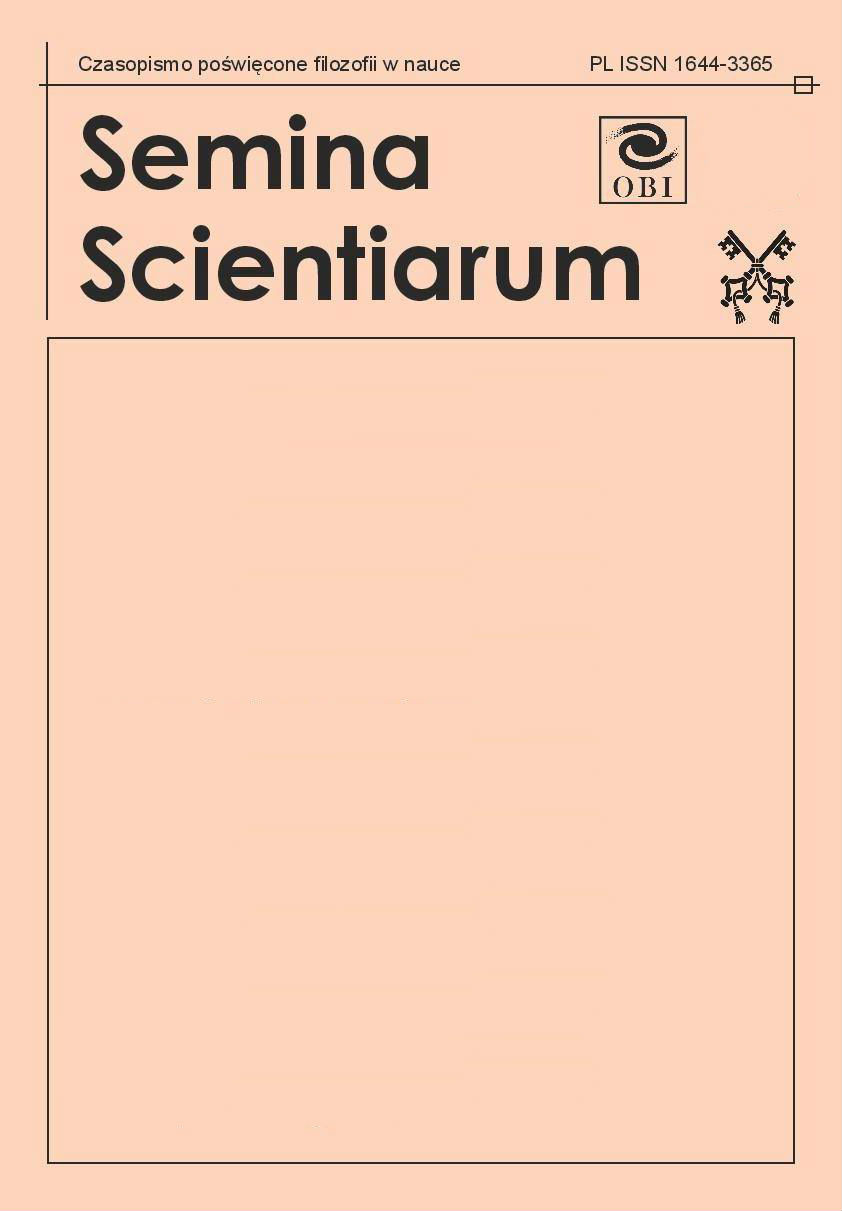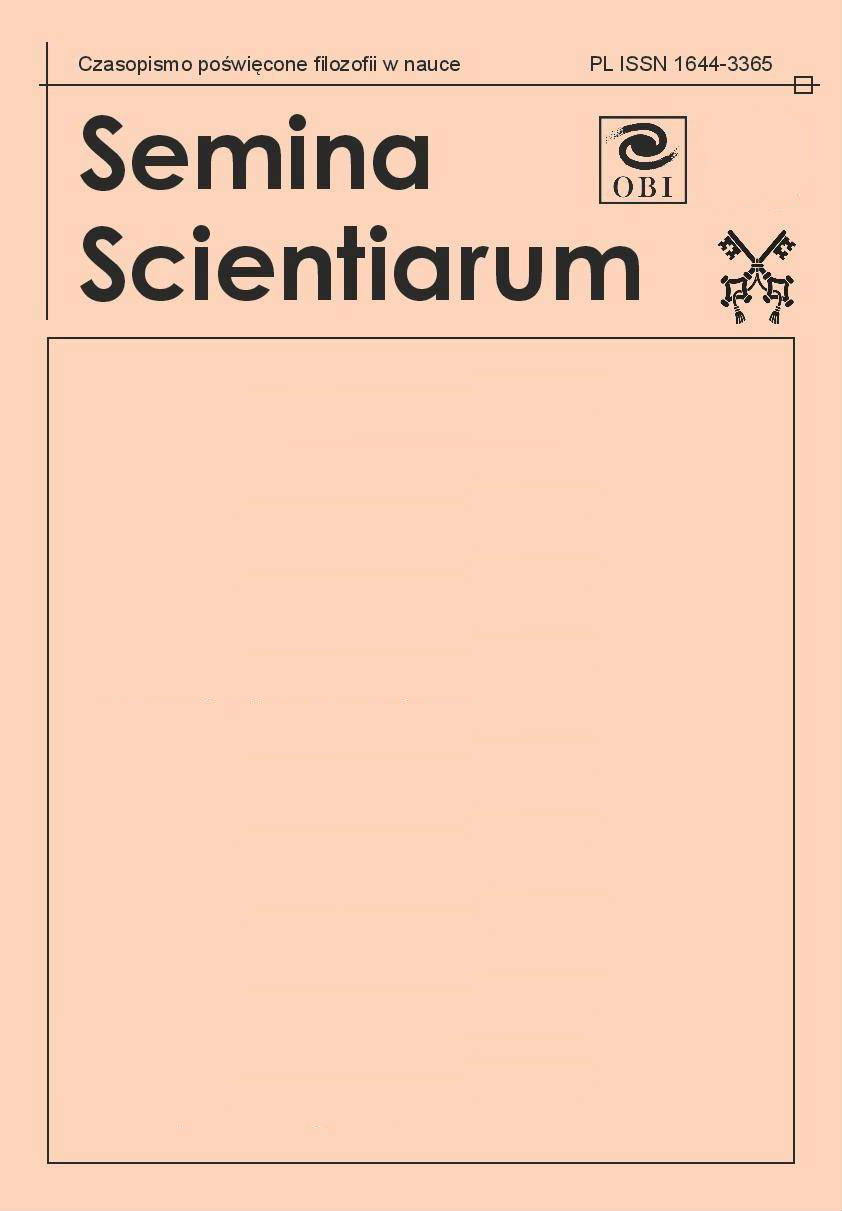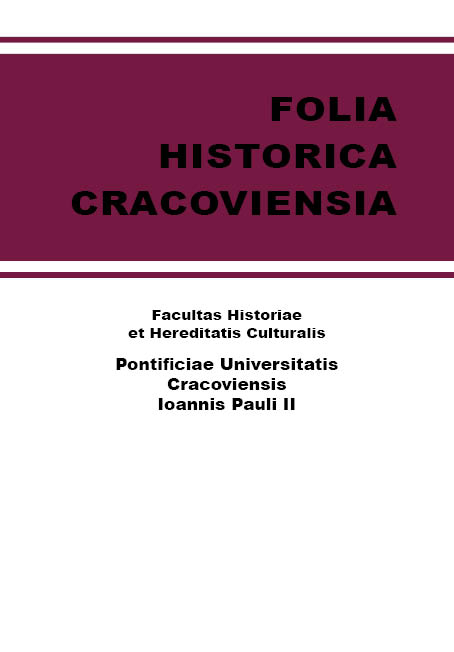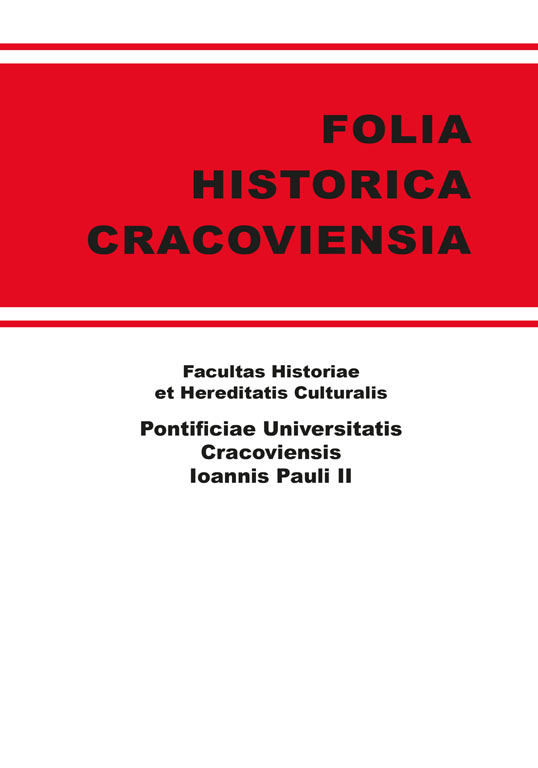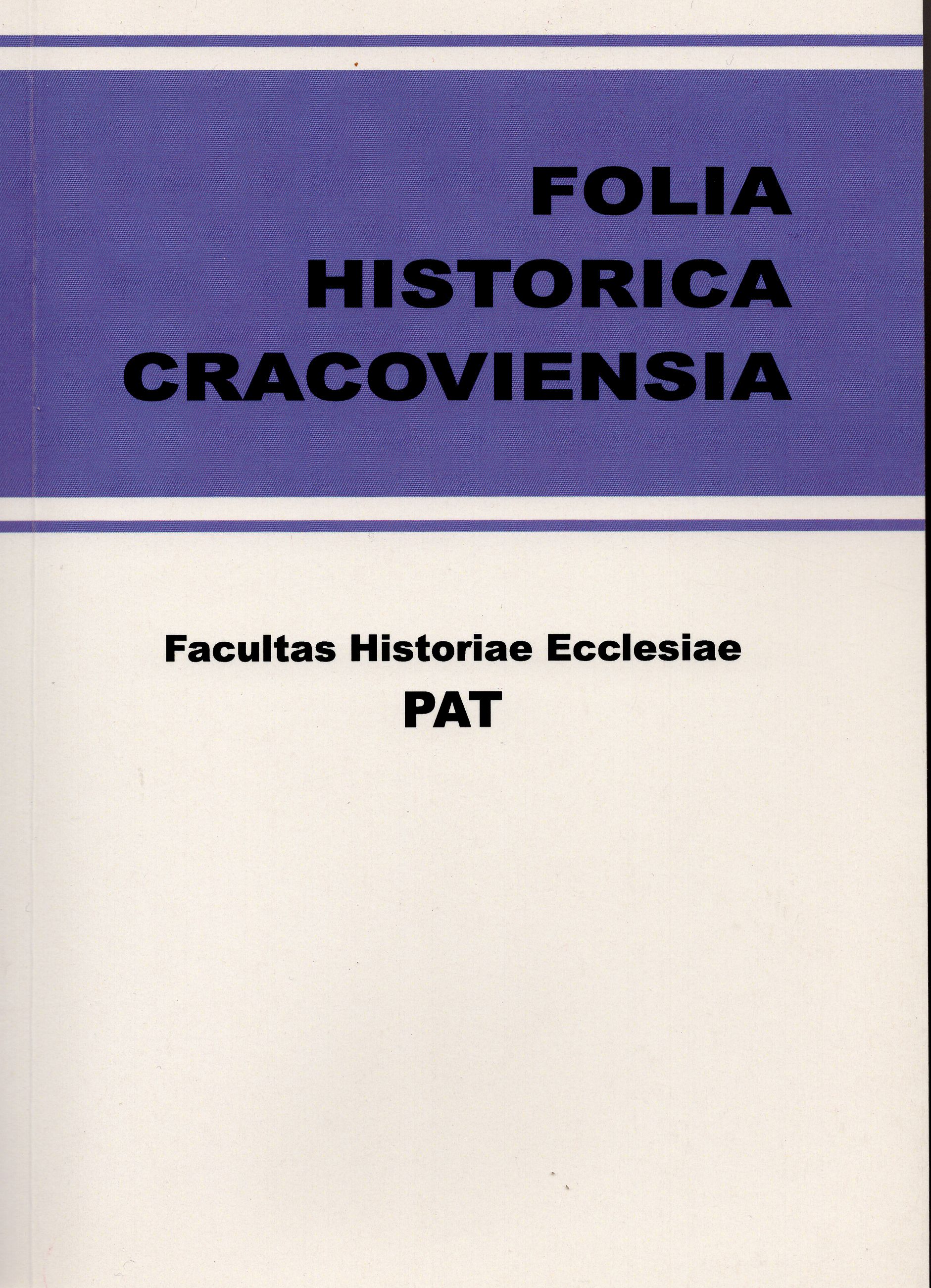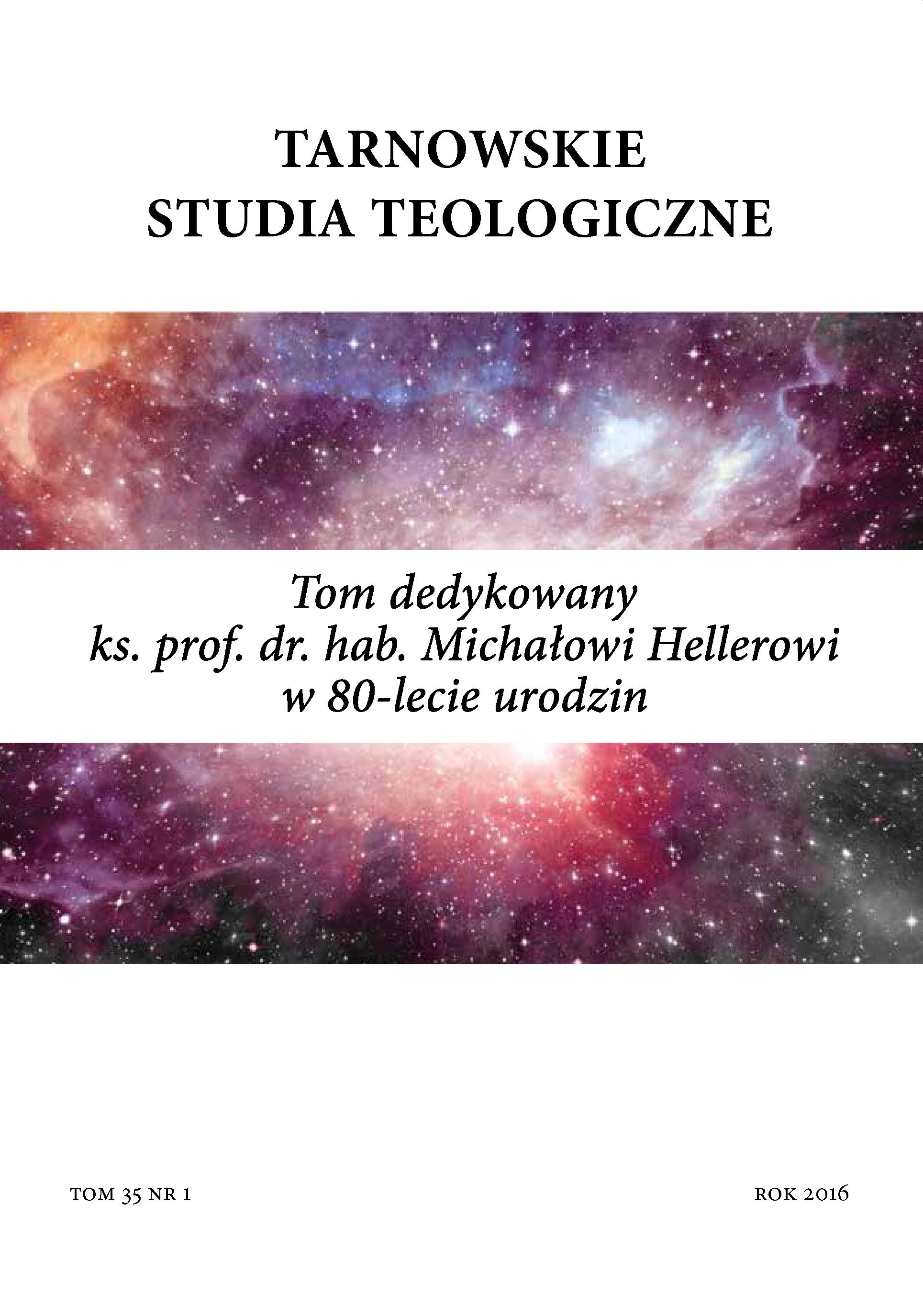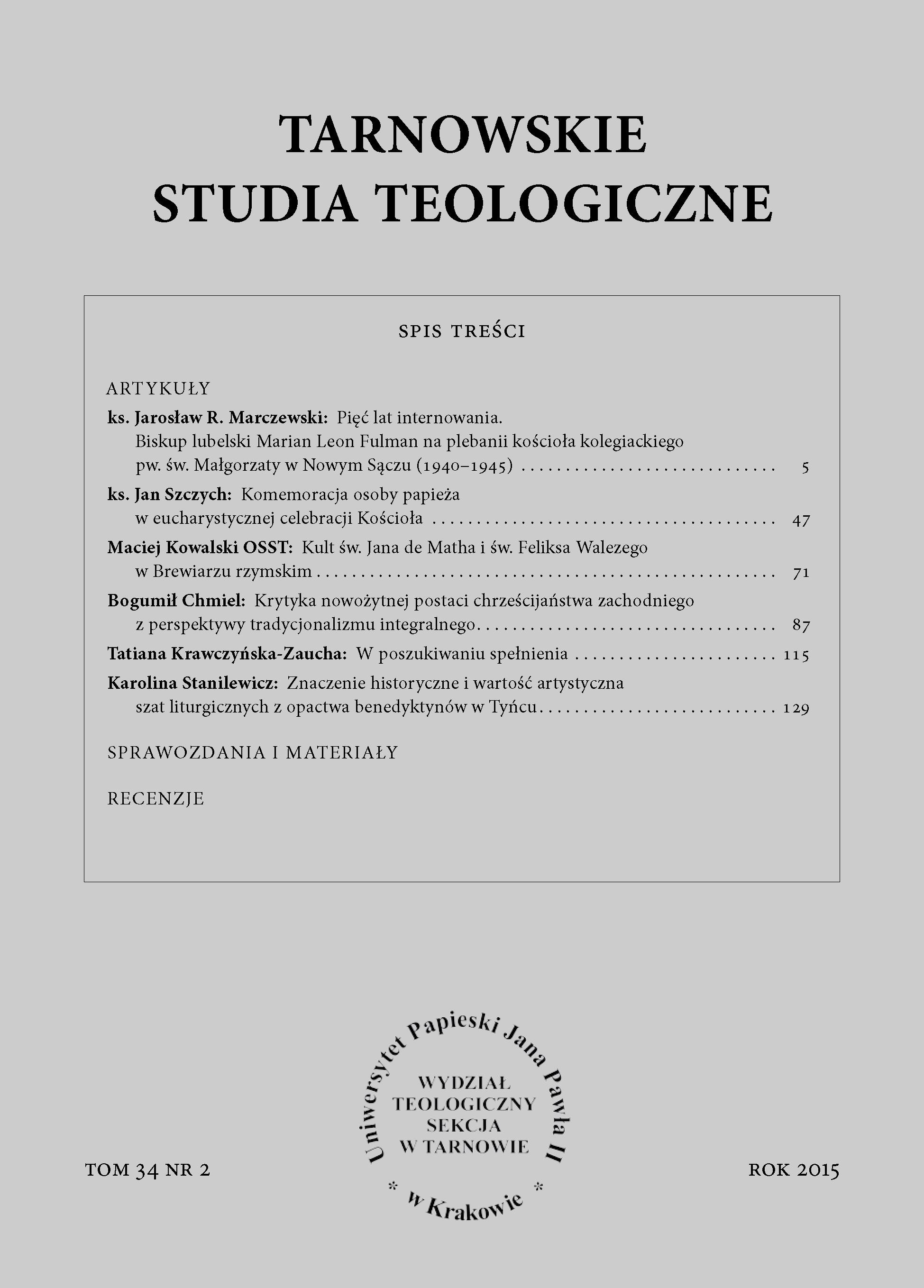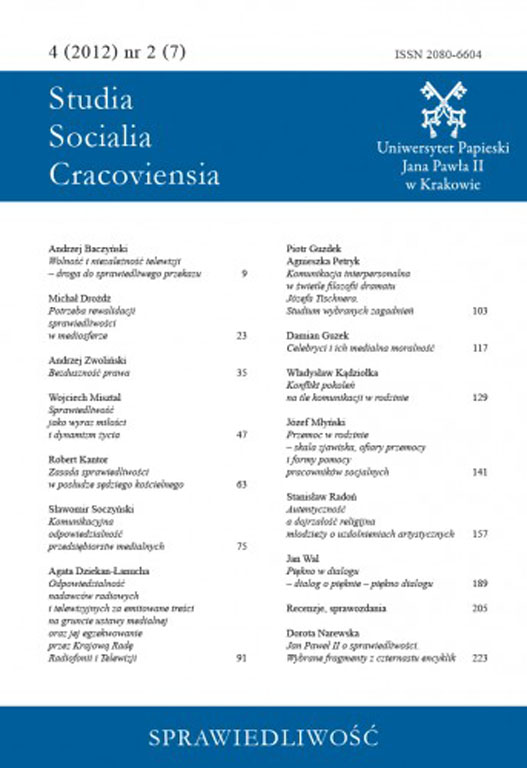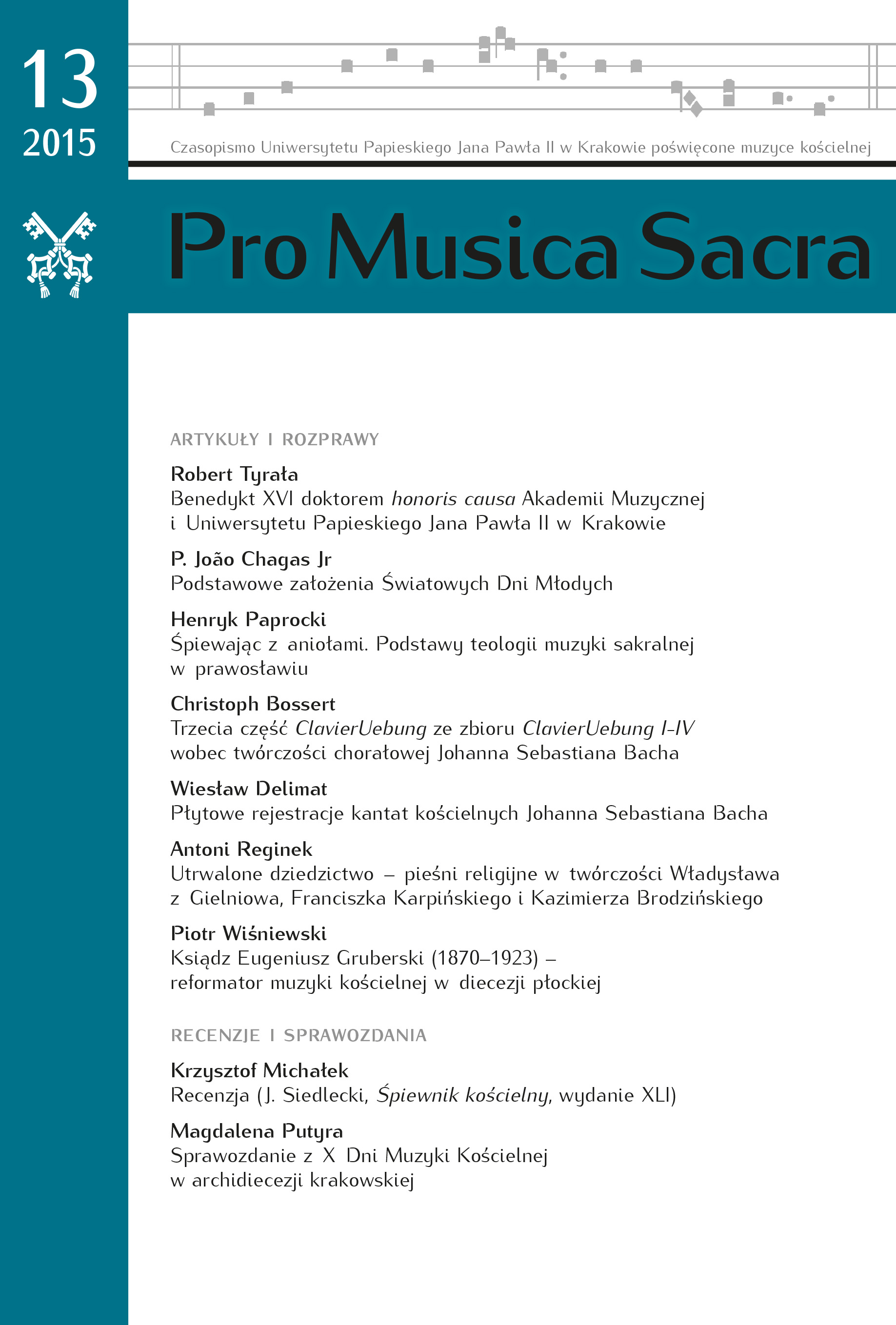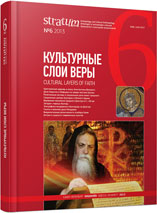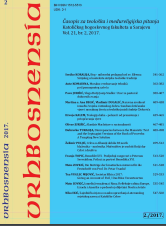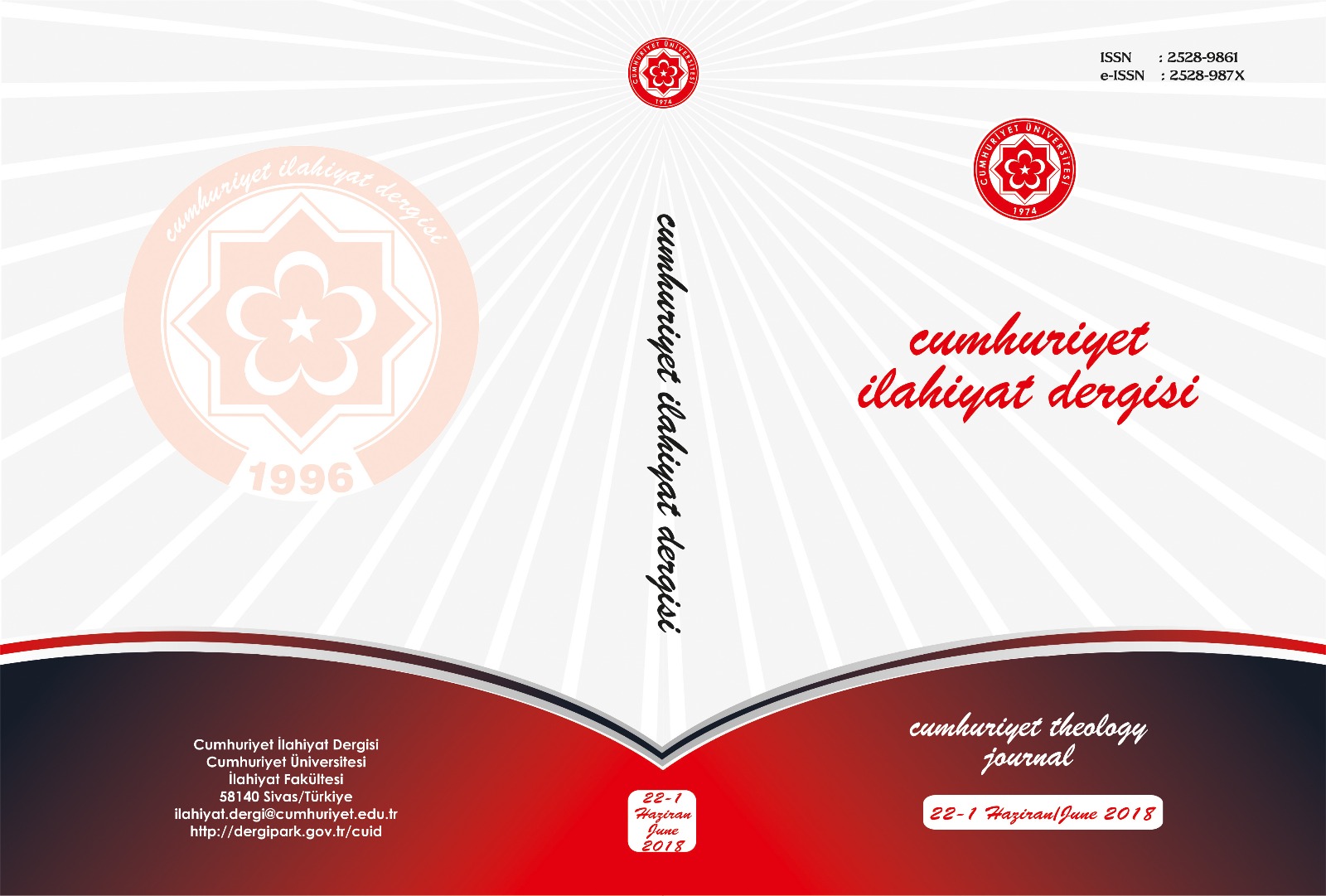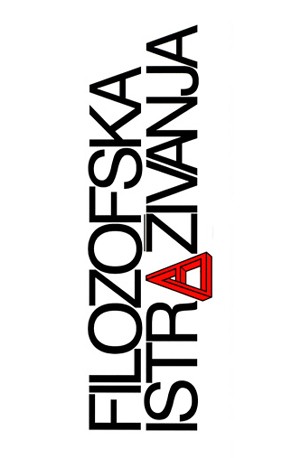Author(s): Nadir Karakuş / Language(s): Turkish
Issue: 1/2018
The most important reason underlying the success of the Crusaders taking Antakya from Muslims and entering the Syrian and Palestinian territories is undoubtedly the division among the Muslims. This division was not only among the dynasties, but also the cities. The Muslim rulers of Damascus have sat up alliances with the Crusaders to protect themselves from neighboring Muslim rulers. Of course, this alliance was more of a role for the Crusaders, making it easier for them to hold on to the region, and strengthening them by acquiring new lands. Damascus's opposition posture caused power and time loosing to Muslim rulers, which served the Crusaders and to take the advantage of this controversy. Damascus continued its opponent position after Saladin (d. 589/1193), and quarrels within the dynasty caused the Crusaders to breathe deeply and as well as Jerusalem to fall into the hands of the Crusaders for a while again. During the Mamluks period, Damascus, who showed his opposing face for a short period of time, but afterwards he attained peace and obedience and also occupied comply with Rukn al-Dīn Baybars al-Bunduqdārī (d. 676/1277). In this article we will analyze the opposing stance of Damascus and his role in the Crusades.Summary: Pearl of Syria, Damascus has a rebellious and oppositional aspect as well. This feature of the city came into prominence further with the coming of the Crusaders to the region. Its oppositional stance and uncompromising aspect sometimes played into the hands of the Crusaders unintentionally. When the Crusaders first came to the surrounding of Antakya, the governor of Damascus, Duqāq did not provide the necessary support to Yaghisiyan who was encircled in Antakya by the Crusaders, due to his inexperience, jealousy and his hostile competition with his brother, Ridvan who is emir of Aleppo. Thus, the Crusaders used this opportunity.Atabeg of Duqāq, Tughtakīn who started to command the city after the death of Duqāq did not support especially Mawdūd who struggled against the Crusaders in Urfa, adequately. Besides, he was accused of getting Mawdūd killed by another separatist power of the region, the Assassins in the great mosque of the city. On top of it, he allied with the Crusaders, because he was troubled with the commander Porsuk sent to the region by the Sultan of Great Saljūq Empire, Mohammed Tapar. He caused the heroic warrior, Porsuk to be defeated near Tel-Dānis by the Crusaders and to die in Al Jazīrah after a short time.Soon after the above events, ‘Imāduddīn Zengī focused on Damascus and tried to establish the Islamic unity. The son of the ruler Böri, called Ismail became isolated because of the poor administration in the city. He resorted to inviting Zangī to the city. However, Ismail was killed by the opponents before the arrival of Zangī, so no result could be accomplished. Later, Zangī focused on the city again. Although he mercilessly treated the resisters in Ba’lebek after occupying there to demotivate the community of Damascus, he faced the serious resistance of the forces of Damascus. While Zangī spent all his energy to Damascus, the king of Jerusalem, Foulque improved his policy for Syria to some extent and could reestablish communication with the states of the Crusaders. The community Damascus helped the Crusaders and eased their work unintentionally once more.The Mamlūk called Uner began to govern Damascus on behalf of the forces of Bori who lost their influence in the city. Uner who developed a close relationship with the Crusaders to prevent the dominance of Zangī in the city did not hesitate to send an envoy to them. He promised to give Banyas to the Crusaders in return for moving Zangī away from Damascus. After the Franks accepted the proposal of Uner, Zangī remained in between the forces of Damascus and the Crusaders and was obliged to recede to Aleppo. In this way, the Crusaders occupied the castle of Banyas. Several locations until Buzaa were seized by the Crusaders in Antakya who found the opportunity.Zangī was martyred in front of Jaabar castle in 541/1146, so his son Nūr al-dīn became the new ruler of Damascus. Nevertheless, the following incidents caused Nūr al-dīn and Uner to get closer to each other, and the Crusaders had to move away from Damascus. First, the administrator of Havran under the control of Uner rose against his governor and turned to the Crusaders. Besides, the Second Crusade in Damascus contributed to the association of Damascus and Aleppo for a while. Following the elimination of both endangers, the association of Damascus and Aleppo resumed. Uner established a close contact with the Crusaders and made a two-year agreement with them to prevent Nūr al-dīn from seizing the city. Uner died after some time, but almost nothing changed. The new governor of the city Mucīruddin ‘Abaq kept the association of the Crusaders. An operation of Nūr al-dīn against the city was averted with the help of the Crusaders again. Mucīruddin got closer to the Crusaders after their help. Their close relationship was strengthened with the mutual visits of the committees of the Crusaders and Damascus. The Artuquid governor Timurtāsh decided to organize a military expedition to Jerusalem after a little while. However, Mucīruddin who worried about the possible dissolution of their association with the Crusaders stopped supporting him, so Timurtāsh failed in his expedition. Mucīruddin improved his relations with the Crusaders further and started to pay tribute to them following their invasion of ‘Asqalān’s in 548/1153. Even, ‘Abaq offered officially his commitment to Jerusalem. Even though the spoilt Crusaders plundered and destroyed the surrounding of Damascus, they kept the administrators of Damascus with them. Moreover, they went further and offered them to give Ba’lebek to them in return for moving Nūr al-dīn away from Damascus. Such acts provoked the community of Damascus who opposed to the dynasty of Bori in the city afterward. Nūr al-dīn welcomed this opportunity and seized Damascus in 549/1154 by means of the public without giving any chance to coming of the Crusaders. Damascus was governed by Nūr al-dīn for approximately twenty years. A disagreement arose among the community of Zangī in the city after the decease of Nūr al-dīn in 569/1174, thus leading to the dominance of Ṣalādīn Ayyubi in the city. The Ayyubids began to govern Damascus, but internal conflicts started among them with the death of Ṣalādīn in 589/1193. Similarly, Damascus was the focus of these conflicts. The Ayyubids in Egypt were the other party of the disagreement. Unfortunately, the Crusaders benefited from such rivalries. When the senior member of the family al-Adil dominated Damascus in 592/1196, the Crusaders who increased their domain had seized Beirut. Egypt and Damascus got closed temporarily during the Fifth Crusade. After the Crusaders withdrew from Damietta, two brothers, al-Muazzam and al-Kᾱmil fought with each other again. Damascus and Egypt chose the Khwarezmian dynasty and Friedrich in Sicilia as ally, respectively. Unexpected death of al-Muazzam during the preparations for the Sixth Crusade resulted in the siege of Damascus by the forces of Egypt. Friedrich reached Akkā over the course of the siege. al-Kᾱmil who played for time to seize Damascus delivered Jerusalem to the Crusaders. Later, the internal conflicts about the new dynasty which arose in Damascus weakened the Ayyubids and made the Crusaders advantageous. Finally, Damascus found tranquility with the dominance of Baybars in the city.
More...
